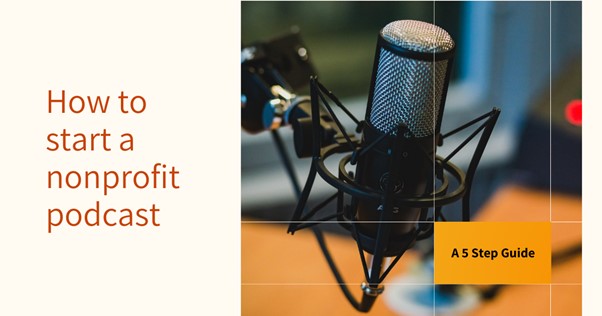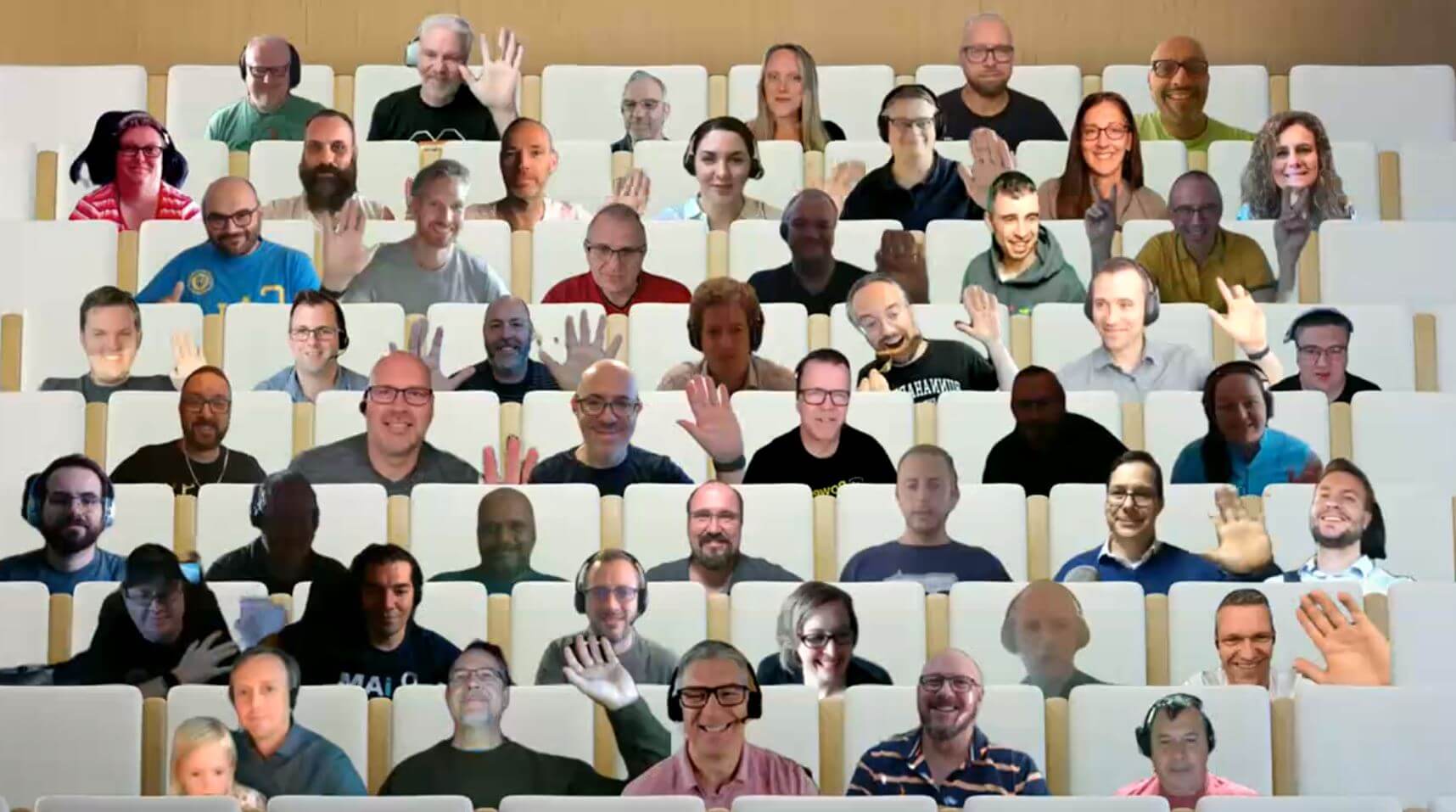
Jay Charara, “Start Your Own Nonprofit Podcast”
January 23, 2022
NANOE Virtual Conference Call Schedule 2022
January 25, 2022Take Your Fundraising Outreach to the Next Level
Doesn’t it sometimes feel like you live and breathe fundraising? Whether nonprofits serve the homeless, offer social advocacy or provide arts programming to the community, they all have one thing in common—there never seems to be enough funds. Since the COVID-19 pandemic began in early 2020, it may also feel like there’s a lot of competition to get the attention of those who faithfully donate their money. This year, consider bolstering your fundraising outreach by focusing on three important efforts: turning one-time donors into repeat donors, improving your online giving options, and protecting your online givers’ security.
Encourage your existing donors
The old rule of thumb is that it costs five times more to create a customer than to keep an old one. That same philosophy holds true with donors as well. No matter what their reason, a person who donated once to a specific nonprofit is more likely to donate again than someone who has never done so. So how do you turn one-time donors into many-time donors?
Try to direct first-time donors to your organization’s website after they make their donation
In its 2019 The State of Modern Philanthropy report, fundraising company Classy found that one-time donors who came to an organization through its donation page were 1.7 times more likely to give again than those who came to the organization as part of a peer-to-peer campaign. This may be because those who started on the donation page were supporting an organization. By contrast, those who started with a peer-to-peer campaign were supporting an individual. So, make an effort to follow up with first-time donors, no matter how they came to your organization. Your goal is to win them as lifelong supporters.
Give donors a variety of options for giving
There are many different kinds of people with different preferences when it comes to giving money. For those who prefer to write and mail checks, offer a contact name and mailing address. For those who are influenced by their newsfeed, create social media campaigns that make it easy to give. And for those who are constantly on the go, learn how to make mobile donating apps work for you.
Continue to reach out to recurring donors
Some nonprofits make the mistake of assuming that their “work is done” with recurring donors. However, Classy found that of all one-time donors who returned to start a recurring gift subscription, 25 percent went on to make yet another one-time gift in addition to the recurring gift. These are people who passionately believe in the mission of the organization they are supporting, and consistent outreach helps keep them as the ones you rely the most.
Don’t overlook the people who work as fundraisers for your organization
The best way to attract more new donors—and, by extension, more returning donors—is to encourage your ardent supporters to fundraise for you. More specifically, you should be encouraging these supporters to continue raising funds for your organization. Classy found that the median amount raised by peer-to-peer fundraising pages started by return fundraisers was more than double the amount raised by peer-to-peer fundraising pages for one-time fundraisers ($501 vs. $222, respectively).
There is no statute of limitations on donations
Just because a person’s last donation was five years ago doesn’t mean that was their last donation. Take the time to reach out. You might be surprised at what you can accomplish.
Expand online giving options
While nonprofits have used online giving widely for many years, the pandemic underscored the need for robust programs that offer great flexibility for organizations. Want to expand your fundraising outreach by offering more options? The following are a few tips for making the most of this important part of your fundraising effort:
Select a reputable third-party giving platform with an established history
You may want to contact the Better Business Bureau to ensure the platform you are choosing is in good standing. You should also make sure you fully understand any fees that company will be charging for its services, and alert potential donors to those fees. Consider contacting other non-profit organizations that utilize the platform to get their feedback and experiences with it.
Update your state charity registrations
Thirty-nine states and the District of Columbia require charities to register before asking residents of that state for contributions. (Note that religious organizations are exempt from this requirement in many states). If your organization solicits funds from more than one state, you should check on the restrictions and make sure you are registered in the appropriate states. If your donors primarily are from just a handful of states, one way to get around this potential liability is to explicitly note that you will only accept donations from those states.
Ensure your giving program accepts donations from a wide variety of devices
The key to attracting donors is making it as easy as possible for them to donate. Many people exclusively use their phones to view emails and other communications, and they want to work within a system that is mobile-friendly.
Always acknowledge donations right away
Find a system that will allow you to send an automatic receipt, so the donor is certain their money was received. But don’t stop there — send a personalized thank-you note as soon as you can.
Loyal donors make a huge impact on your organization, and you should work hard to create a seamless experience for them.
Shore up your security
Of course, boosting your online giving as part of your fundraising outreach is a double-edged sword. You may increase your overall income by providing an easier means of giving, but you also run the risk of compromising your donors’ security and increasing your organization’s liability exposure. Because you store a large amount of sensitive information about your donors, you become a prime target for identity thieves and hackers. Here are some tips for shoring up your security to protect both your organization and your people.
Implement a written Internet Use and Access Policy
An Internet Use and Access Policy ensures everyone involved in your organization is on the same page. Make sure to provide training on the policy to all staff members and volunteers. Review the policy annually to ensure it is current and addresses the needs of your organization.
Keep your software upgraded and up-to-date
Old software isn’t just slow. It’s also more susceptible to hackers. Stay current with all the latest updates in your software so you don’t inadvertently leave an opening for someone who’s trying to steal your donors’ information.
Learn how to spot phishing scams and malicious emails
Staff members should never give out any important information about your organization or a donor via email. They should also carefully examine the email addresses of suspicious emails. Often, these messages appear to be from one of your contacts, but in reality, the name of the contact is misspelled in the address. This signals a phishing scam.
Encourage staff members to use complex passwords
One common mistake people make is to use parts of their birthday or address in their password. Another is to use a word that can be found in the dictionary. The U.S. Department of Homeland Security’s Cybersecurity and Infrastructure Security Agency (CISA) recommends using a series of words with symbols replacing letters in some cases. For example, instead of the password “football,” use 1w@LmGBp! for the phrase “I will always love my Green Bay Packers!” Using a combination of upper and lowercase letters, numbers and special characters creates a password very different from any common word that could be found in a dictionary.
Maintain a clean computer or device
It’s also important to clean up your computer programs on a consistent basis. Delete unused apps to reduce the risk of infection from malware or ransomware. Regularly review app permissions to ensure they are correct.
Keep a close eye on your network security
Require permission to access your Wi-Fi network and do not broadcast your network name (SSID—Service Set Identifier). Lock out accounts after multiple unsuccessful login attempts and after a pre-determined amount of time. Use firewalls and encryption to restrict access to the network and data, and use active system monitoring and penetration testing.
Make sure you have the right cyber liability and data breach response insurance
No matter how many precautions you take, you and your donors are still at risk for cybercrime. Most cybercrimes involve multiple areas of damage to both your organization and your donors. That’s why you need to make sure you have the right insurance with coverage that includes data and network liability, regulatory defense and penalties, eCrime, cyber extortion loss, data recovery costs, network business interruption loss and breach response services.
Fundraising may be a difficult job, but it’s incredibly rewarding when you find the right combination of events and online efforts to meet your financial needs. If you have lofty goals, don’t be afraid to consider hiring an expert who can advise you. Often, the increase in giving is well worth the investment in a little bit of help. Here’s to a better fundraising outreach plan in 2022!
The post Take Your Fundraising Outreach to the Next Level appeared first on Nonprofit Hub.
